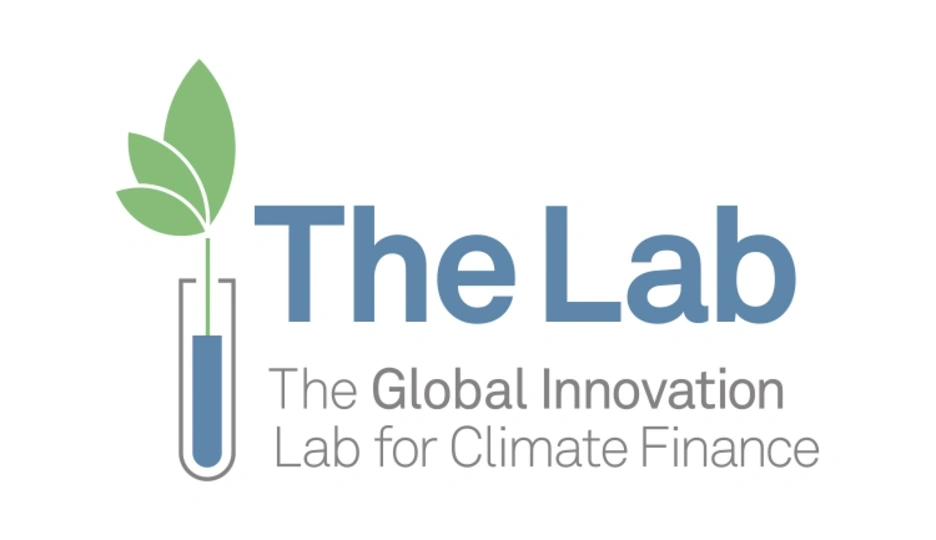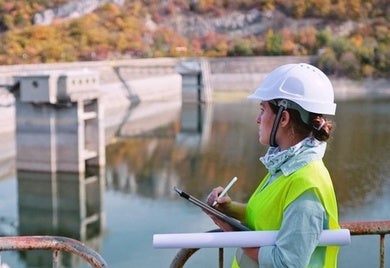A Laboratory for Climate Finance

[caption id="attachment_2212" align="alignnone" width="300"] Courtesy of the Climate Policy Initiative[/caption]
Courtesy of the Climate Policy Initiative[/caption]
An initiative to explore innovative financial instruments not currently available in climate finance to unlock greater private investment.
One month after the UN Climate Summit wrapped up in New York, where millions asked world leaders and decision makers for tangible solutions to climate change, we are still left with the question: What’s next?
Certainly the upcoming UN Conference of the Parties (COP) in Lima followed by Paris COP in 2015 will be important forums to continue the conversation. But what can be done now?
Much has been discussed about the role of the private sector in financing climate solutions. Pledges amounting to more than $200 billion, albeit from both governments and the business community, have been committed by the end of 2015.
However, without public policies in place that send the right signals to pursue for low-carbon and climate resilient development, these funds may not be enough to mobilize the private sector at the scale needed to ensure a sustainable future. Thus policy makers face the pressure of delivering frameworks that will bring climate related investments to robust levels in the coming years. For that to happen, private investors must be incentivized to engage in low-carbon and climate-resilient long-term investments where they see a positive return on their money, outweighing the risks and costs and making climate finance a commercially attractive option.
This is why to engage the private sector successfully, innovative financing instruments are needed.
This week, I am meeting with 40 other climate finance experts in a lab-like environment to do precisely that – consider seven cutting-edge financial instruments that could be piloted with investors in projects in developing countries across the globe.
The Global Innovation Lab for Climate Finance, hosting its second meeting this October in Venice, brings together the public and private sector to a hands-on setting, where diverse practices and ideas can be debated and tested. The goal is to have experts challenge assumptions and each other in order to explore innovative financial instruments not currently available in the architecture of climate finance with the goal of unlocking greater private investment.
So far the Lab has narrowed consideration to seven financial instruments amid eighty-eight submitted from around the world, toward a final goal of piloting three or four new instruments; one of those still in the running is the Agricultural Supply Chain Adaptation Facility. The facility, jointly proposed by the IDB and Calvert Investments, aims to incentivize corporations to engage with their supply chains in a longer-term value proposition by rendering medium to long term climate resilient investments viable – leveraging donor, multilateral and private capital to mitigate the risks associated with climate change in the agribusiness supply chain. This way, the agribusiness can serve as a conduit for long-term financing to medium and small-sized farmers, who usually only qualify for seasonal or ad-hoc credit, improving the sustainability and resilience of their farms and yields.
I believe this instrument can not only enhance adaptation to climate change, but promote a pivotal shift from “business-as-usual” in the face of climate change, mobilizing resources and scale to developing countries. Later this week I’ll find out if other experts in the Lab group agree, when we vote on the seven remaining proposals to select the final three to four instruments to move into the pilot phase.
¿TE GUSTA LO QUE ACABAS DE LEER?
Suscríbase a nuestra newsletter para mantenerse informado sobre las últimas noticias de BID Invest, publicaciones de blog, próximos eventos y para obtener más información sobre áreas específicas de interés.
Suscribirse


